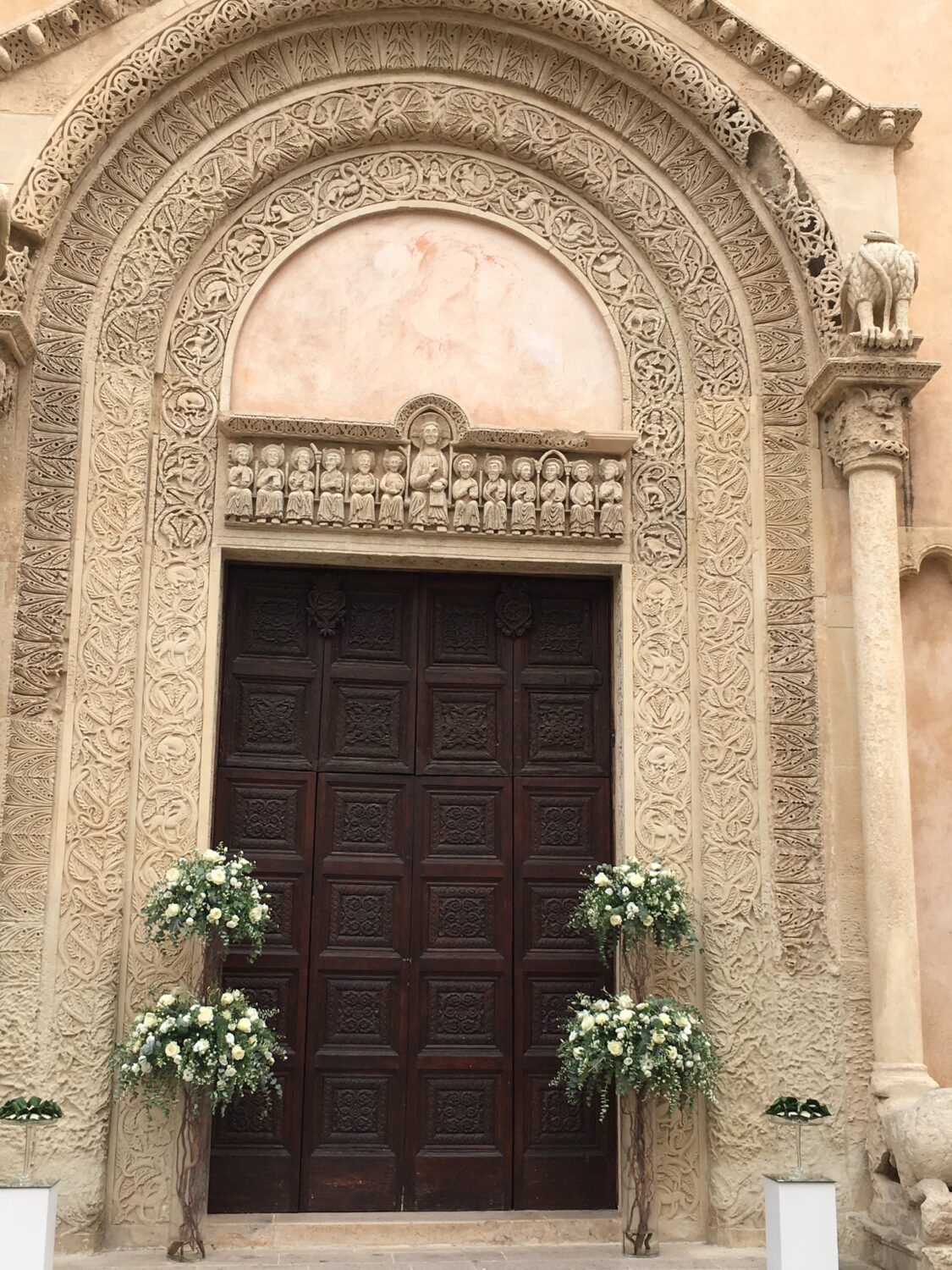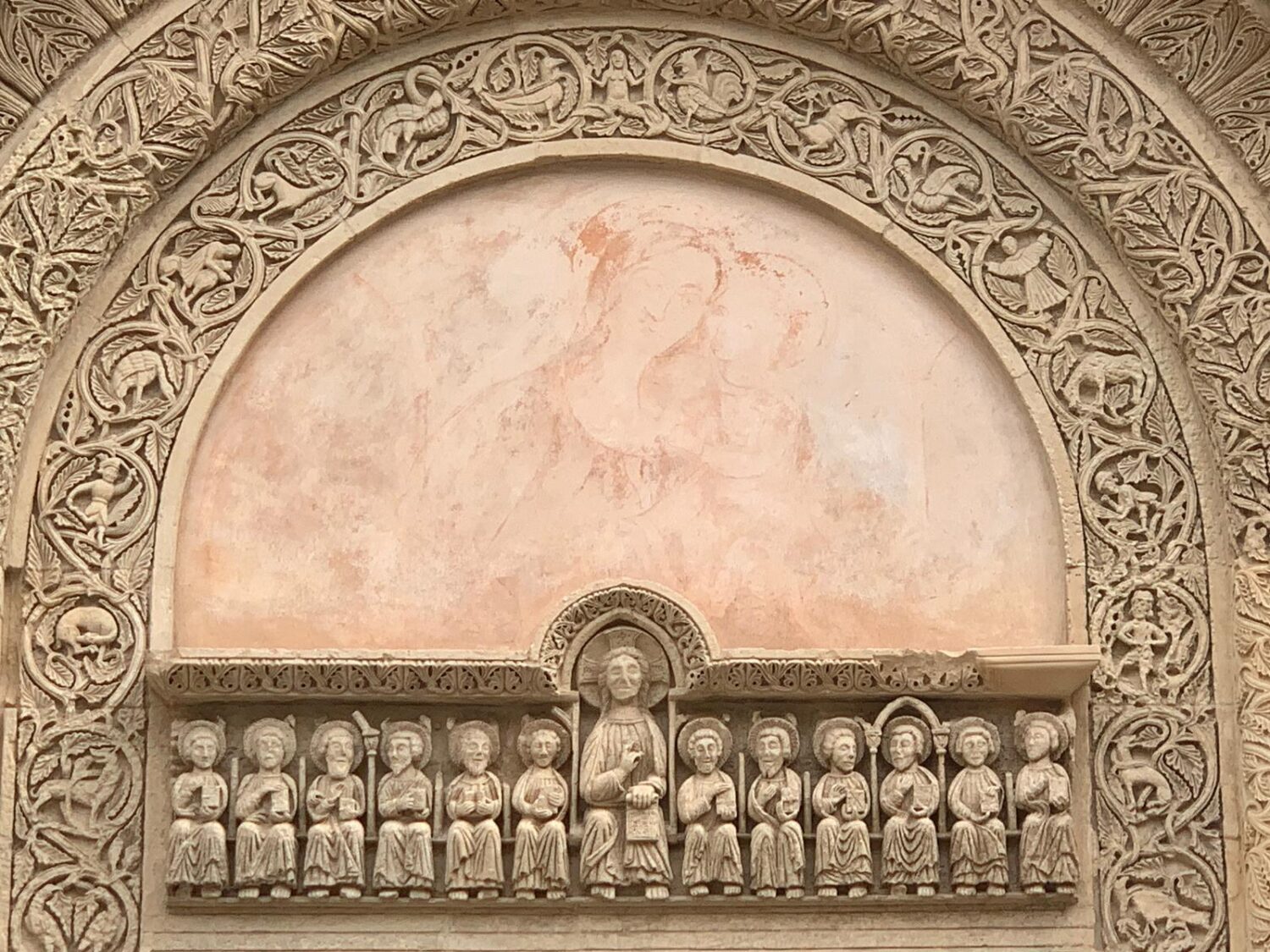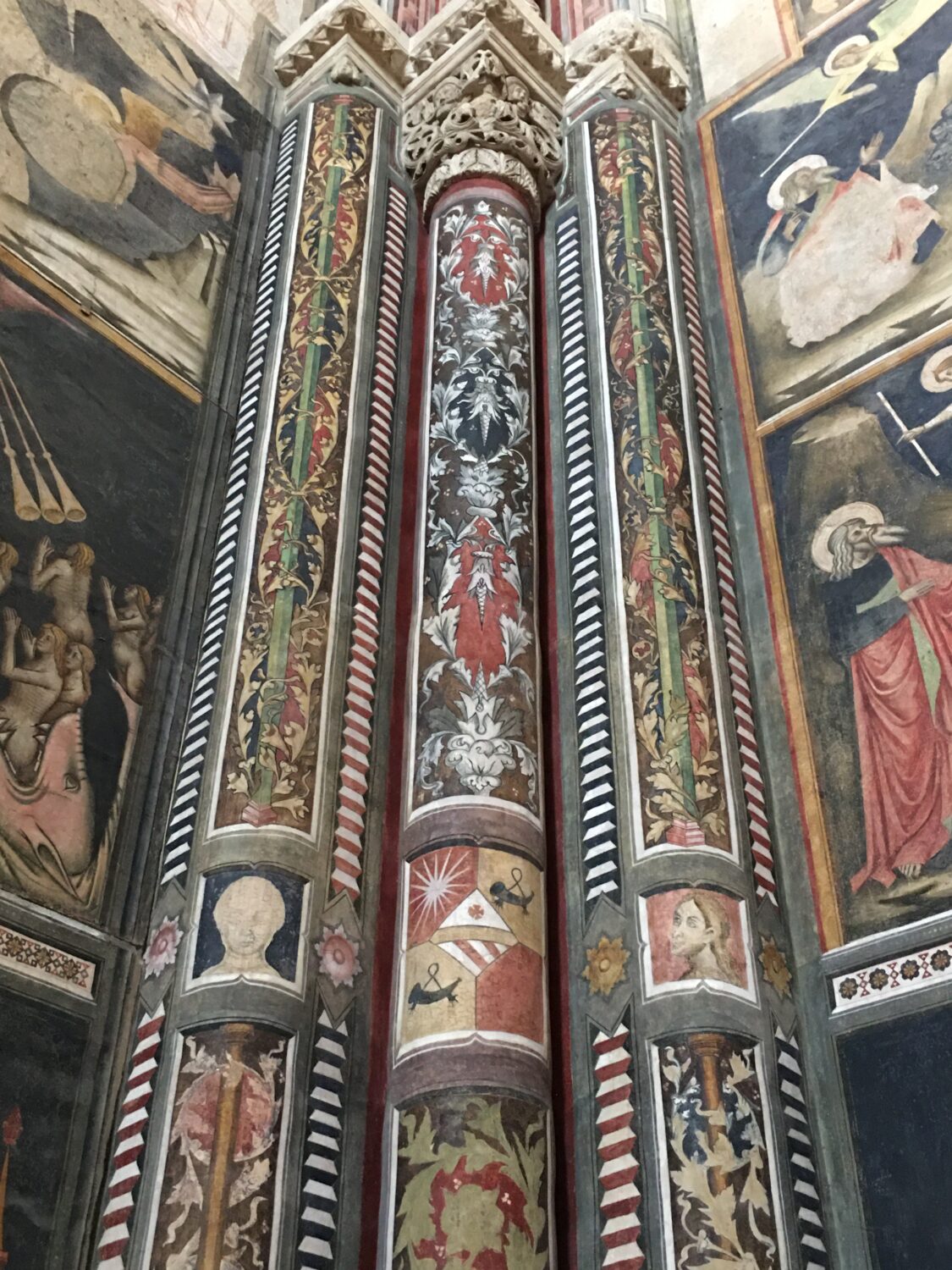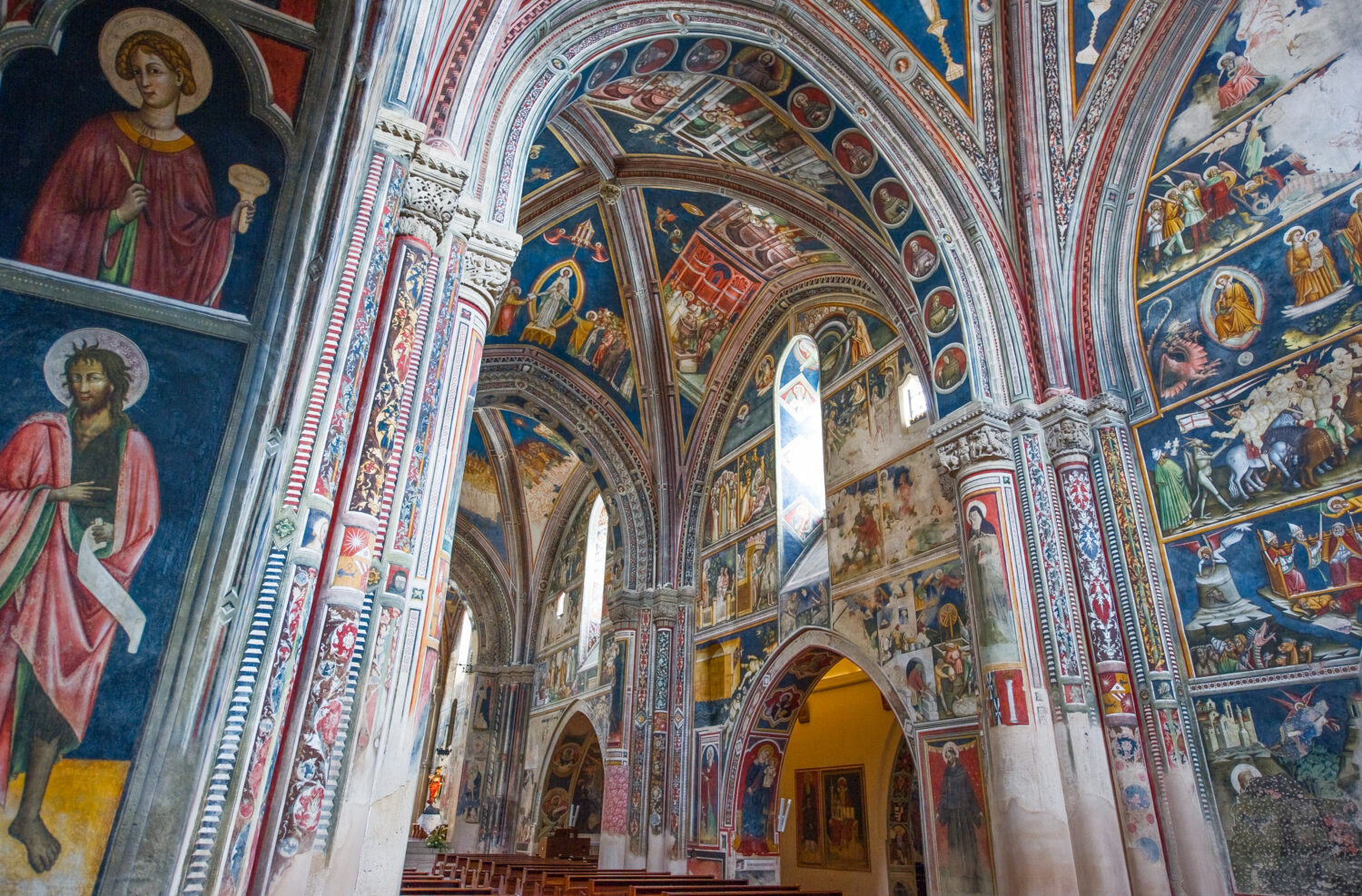Reading time: 7 minutes
By now, everyone knows that Puglia’s subregion of Salento is beyond fantastic. In fact, it is one of the hottest international tourist destinations in the world. Granted, the main reason for most people’s visit is its incomparable sea. But those who have the foresight to step out of its transparent, turquoise waters and venture out on its land, will soon discover that it has so much more to offer than its beaches.
Salento, with its red earth that nourishes; warm and passionate people; unpretentious as its wine; as wise as its olive trees; magical; and like the frenetic rhythm of the tambourine, its ability to enter your soul. Its hinterland is often overlooked and ignored because it cannot boast the “convenience” of being able to walk down to the seashore. But it is here among the centuries-old olive groves and its stone walls that Salento’s heart beats strongest. In the province of Lecce, there is a city named Galatina, which is a gem tucked away from tourists. It isn’t anywhere near the Adriatic or the Ionian Sea, so, why visit it? Allow me to explain.
Galatina and the Orsinis
Galatina is not a small village in the slightest with its 25,000 residents. Documented with the name Sancti Petri in Galatina because tradition has it that St. Peter stopped here on his way from Antioch to Rome. Like the entire Italian peninsula, Galatina was also the subject of many dominations over the centuries. As far as this article is concerned, and without going into the whole thousand-year history, we will only be interested in the Orsini family. Raimondo Orsini del Balzo was the second son of Nicola Orsini and although his birth year is not even clear, he remains one of the most important figures of 14th century southern Italy. And it was Raimondello, as he is often called, who commissioned one of the most precious, yet virtually unknown churches in the region. But, that will no longer be the case after reading this article.
The Basilica of Saint Catherine of Alexandria
After passing through the old Porta Luce gate constructed in pietra leccese, or Lecce stone, (Galatina was already a walled city in the 14th century), continue along Via Robertini among the unmistakably Baroque buildings and balconies. When the road comes to an end, you’ll turn right, and in just a few steps, you’ll arrive at the Cloister and the Basilica of Saint Catherine of Alexandria.
At first glance, it isn’t really that impressive, and honestly, to the inexperienced eye, it seems like an ordinary little church, but I assure you, it is not. First of all, the exterior is exemplary of Apulian Romanesque in its purest form. Its construction began in 1383 on a Byzantine church from the 9th-10th century, which is still visible on the external wall of the right nave. The rose window and the three portals are exquisitely carved in Lecce stone and on the architrave of the central door, the bas-relief of Jesus among the twelve Apostles recalls the decoration of Roman sarcophagi.


The Secret Is Revealed
And now comes the real “Cinderella” moment for this unassuming little church. When you pass through the door, what opens up before you will take your breath away. This is the hidden secret I was talking about, and now, I can tell you: the Basilica of Santa Caterina d’Alessandria is second only to the Basilica of San Francesco d’Assisi for its extensive amount of frescoes. In reality, it was Raimondo’s wife, Maria d’Enghien, who not being satisfied with the original frescoes done by local artists, decided to commission artists from the Sienese and Giotto schools to completely redo them. I don’t know if Ms. Enghien realized what a profound impact that decision would have.
You’ll feel as if you’ve stepped into a fairytale that not even the genius imagination of Walt Disney could have created. Frescoes are all around you: high up on the ceilings, on the walls, on the pillars, on the archivolts…literally, everywhere! Simply put and as seen through the eyes of a child, the figures seem to come to life and invite you into their fantastic, magical world of more than 500 years ago.



Don’t miss the Tabernacle of Fra Giuseppe da Soleto located in the apse of the left nave, a masterpiece that was completely restored in 1997.
Some very precious relics are contained inside the church in a safe and therefore not visible, such as the chalice and the reliquary of the breast of St. Agatha and the finger of St. Catherine.
After visiting the basilica, in just a short walk through the historic center, you’ll reach the Clock Tower and the enchanting Chiesa Madre, or Cathedral of Saints Peter and Paul. Finally, it would be a shame to leave Galatina without tasting the traditional local pastry, il pasticciotto leccese, which was invented right here in 1745.
For your overnight stay, we recommend…
45km away

42km away

40km away

40km away

Article by M. Contino

